3–26 November, 2023
Wish Fulfillment Chart
I’m staring at a spider web as Kati Kirsch tells me about the different “pathways written in [her] notes.” We’re talking about boundaries and diagrams and layers and patterns and maps and constraints that lead to creative breakthroughs. I’m looking at Pie Chart, a painting of hers that depicts the bifurcated coil of a silver spider web; a constellation of lily pads floats beneath this helix; several of the lily pads have slices cut out of them. Each of the nine paintings in Wish Fulfillment Chart foregrounds Kirsch’s palimpsestic process, which involves a healthy blend of research and free association. “I work beginning with a place of chaos or impenetrable abstraction,” Kirsch tells me, pointing to the corner of one of her canvases. I tell her that I often work in a similar fashion, cornering myself with a form or limitation so as to let the magic in. For her, sculpture feels too boundless; for me, fiction feels the same. Painting itself is the path for Kirsch; the finalized canvas is a trail from point A to point B, from “a place of chaos” to one of subtle resolution. Painting as quest, I write in my journal.
Unlike many contemporary painters, who work from photographs in a mind-numbingly reductive 1:1 manner, Kati Kirsch works from them with purpose and whimsy, treating them as one of the many ingredients that invigorate her canvases. We speak about her use of motifs from science textbooks, about how they can create new models for the organization of visual information. In Peel, two wedges of an orange rind curl like F-holes on a violin, forming a delicate, glistening heart that rests upon what could be seen as a gridded quilt or bedspread. A silver, translucent dragonfly has landed upon one of the quilt’s squares, waiting patiently. In Ties, a wasp’s nest has been bound by the distended grid of a stretched-out basketball net. All of these forms and patterns, however subtle they might be, allow Kirsch to emphasize and exploit the limits of a two-dimensional painting plane; some works, including Pie Chart and Ties even feel sculptural, being made up of two canvases sewn together.
Towards the end of our conversation, Kirsch compares her process to sifting through her grandmother’s button box. Through sorting, searching, finding, losing, and returning, the artist makes their way through a work, walking a path, discovering details, encountering clues. In An Apple Is Born, an apple wriggles out of its fabric confinement, freeing itself from its expected fate. In Container a tiny, winged unicorn—Pegasus, perhaps—unfurls its wings while stuck inside what appears to be a leather or burlap sack. Kirsch and I agree that the paintings that make up Wish Fulfillment Chart are participating in a new sort of mythmaking. All too often, we find ourselves stuck inside a prescribed path, a rigid system. Through visual discovery, the artist—and even the viewer—must break free. Painting is a quest; looking is too.
— William Harrison
15 Monroe St, New York, NY 10002
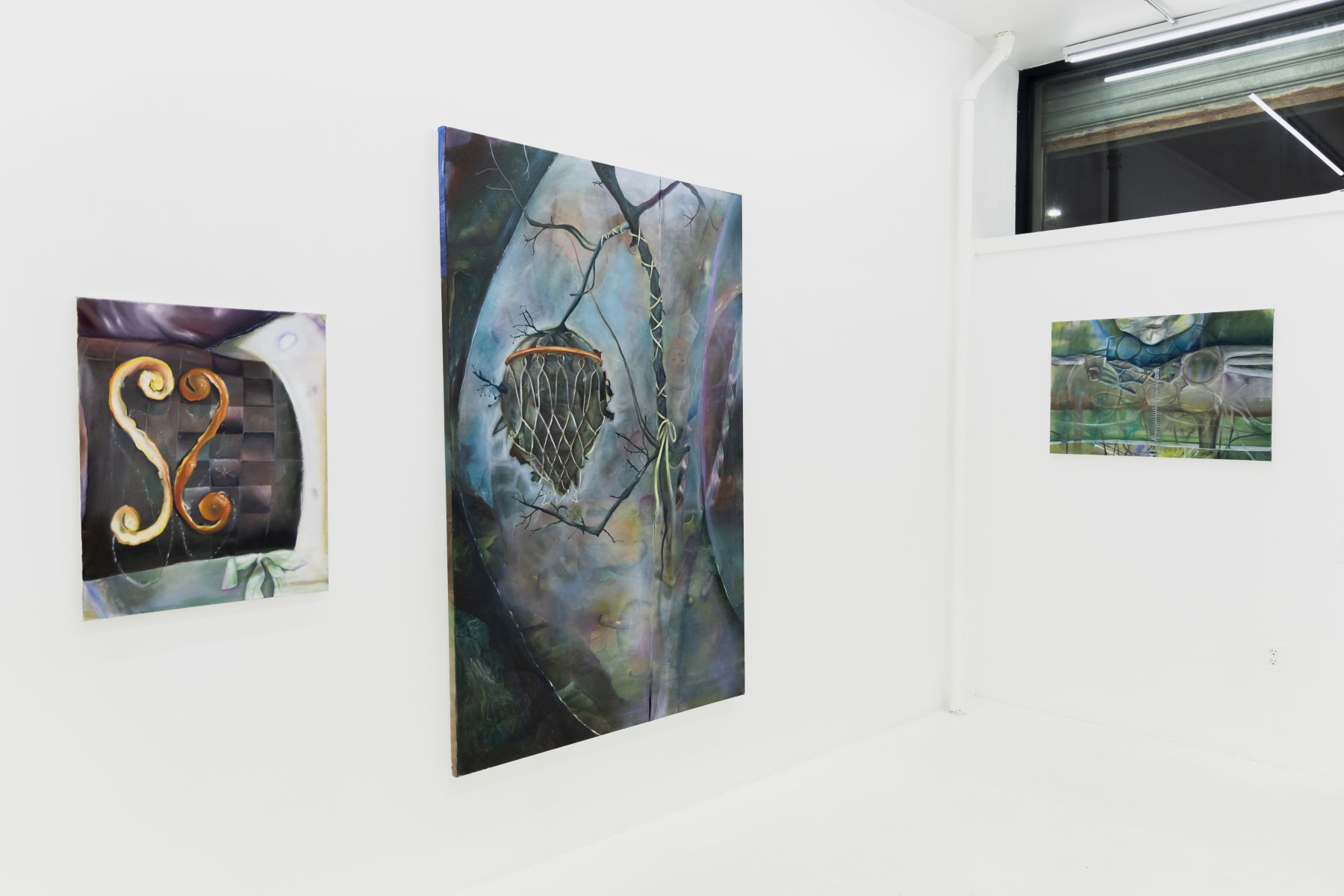
Kati Kirsch
Wish Fulfillment Chart, Bahnhof, 2023
Installation view

Kati Kirsch
Wish Fulfillment Chart, Bahnhof, 2023
Installation view
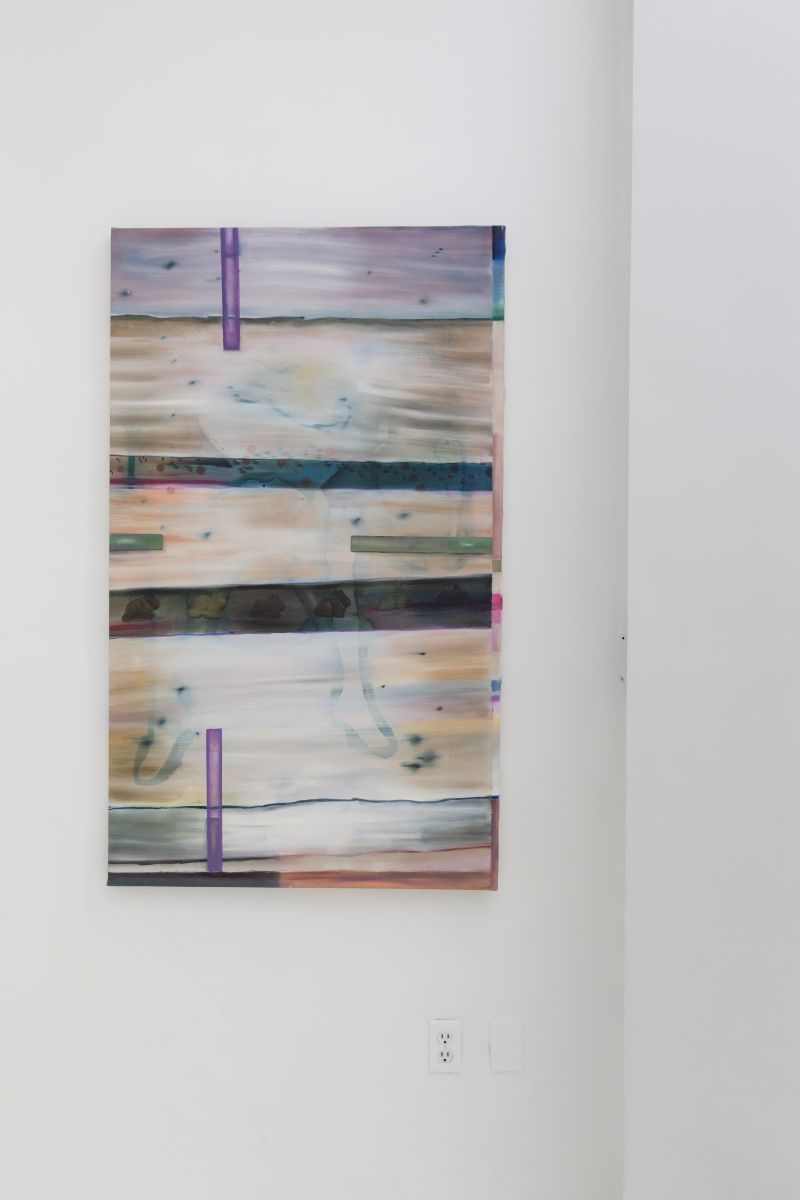
Kati Kirsch
Tape, 2023
oil on linen
32 x 54 inches
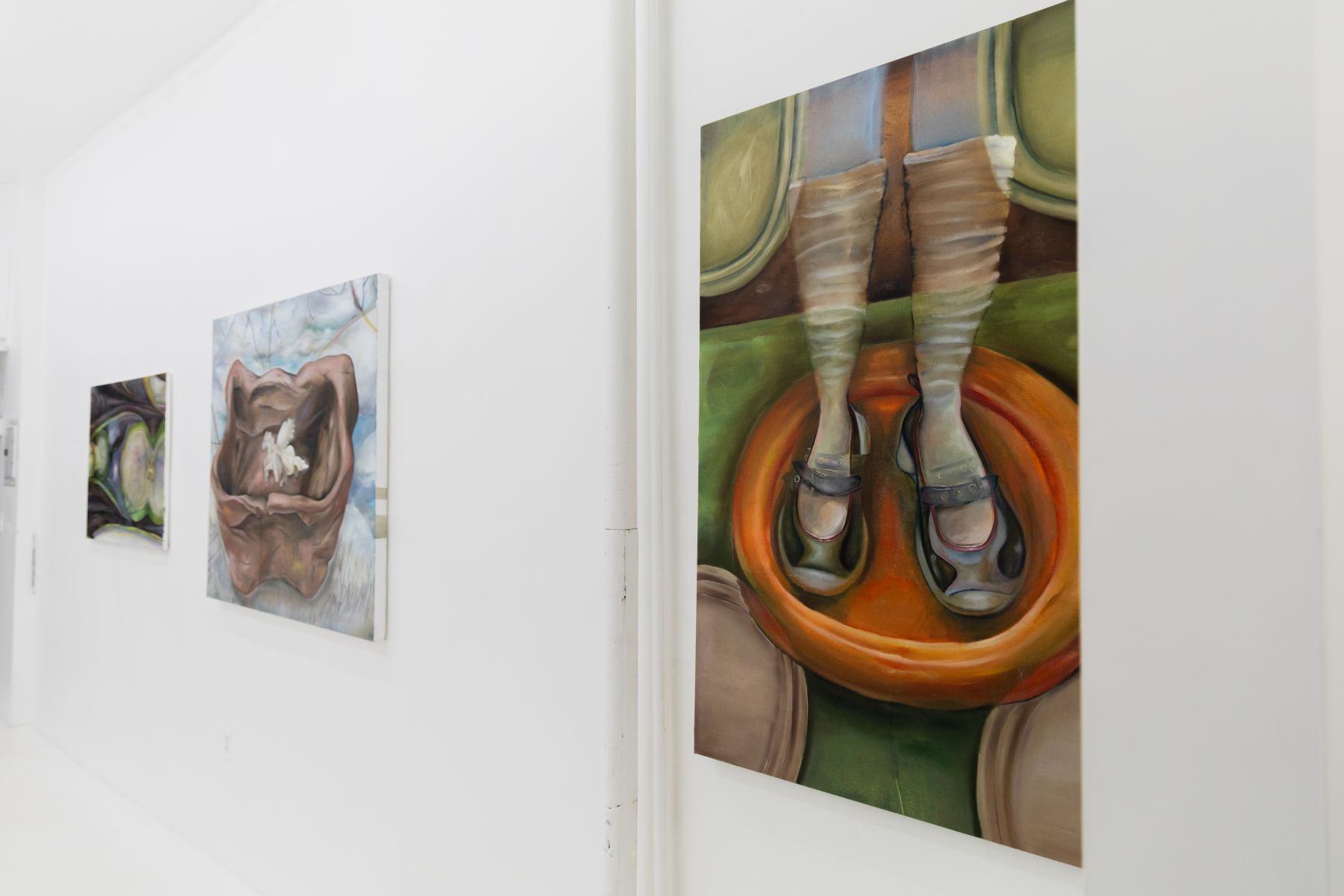
Kati Kirsch
Wish Fulfillment Chart, Bahnhof, 2023
Installation view
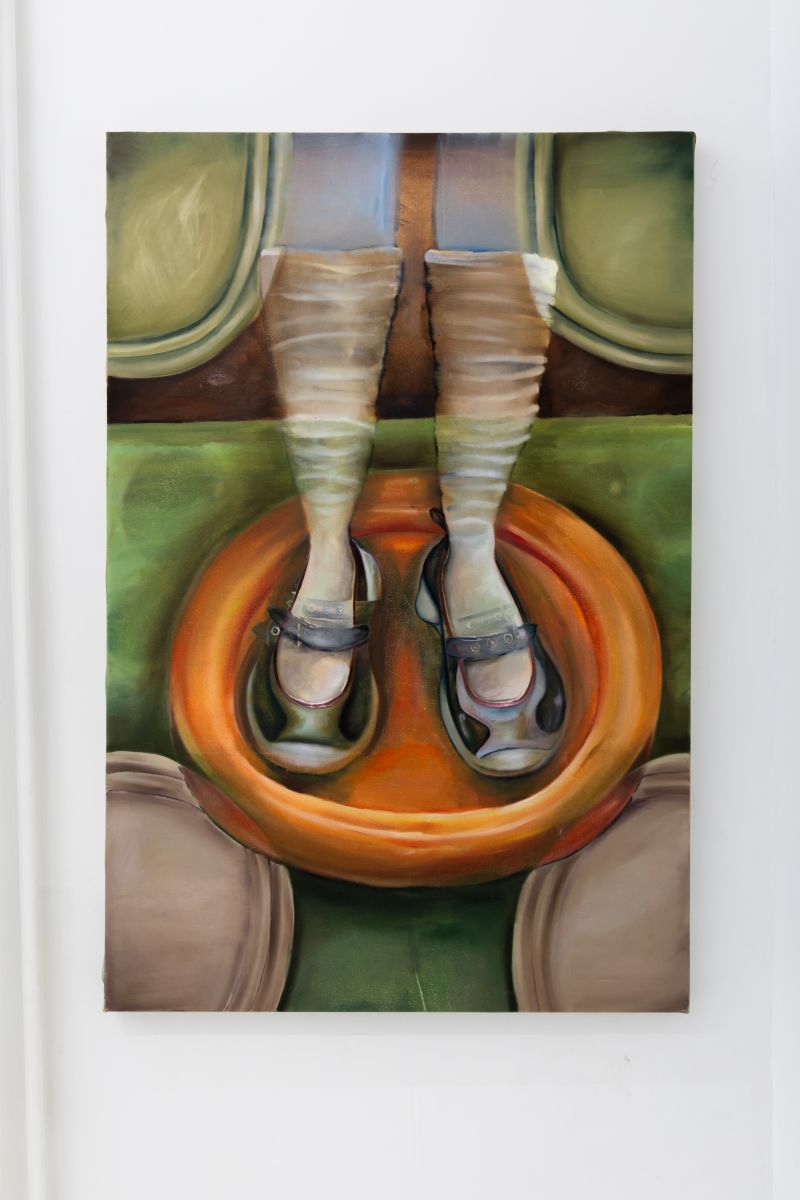
Kati Kirsch
Pools, 2023
oil on linen
32 x 48 inches
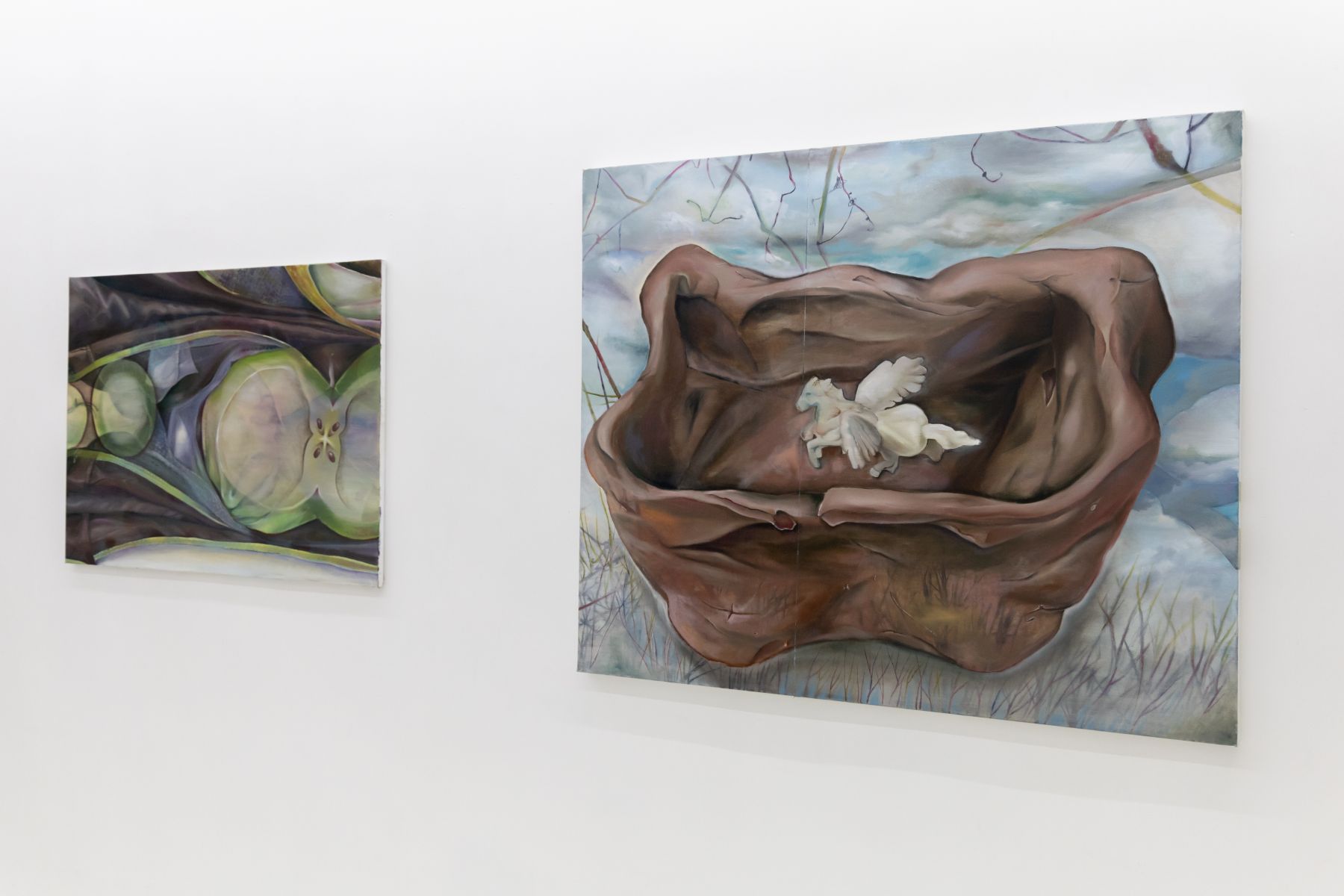
Kati Kirsch
Wish Fulfillment Chart, Bahnhof, 2023
Installation view
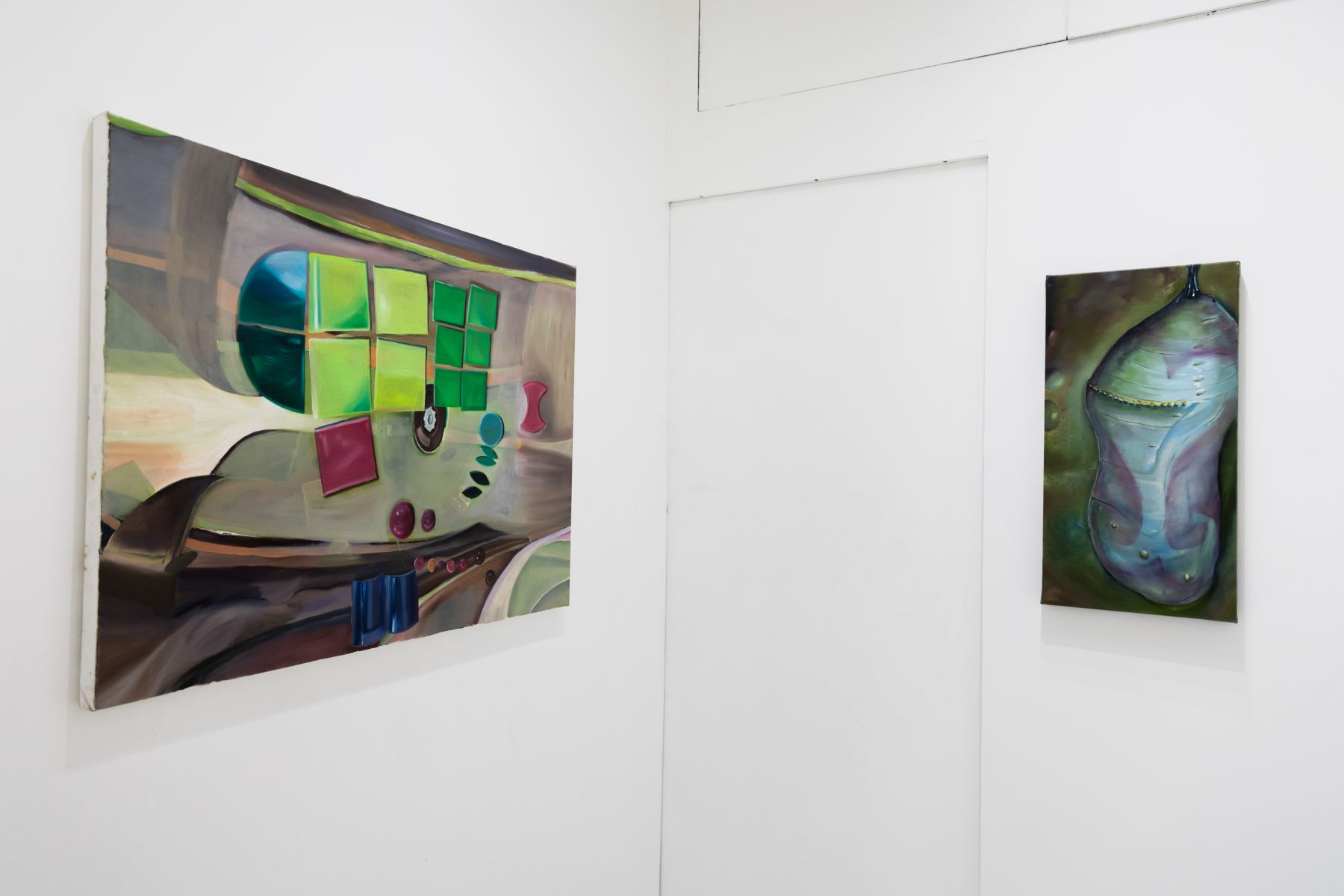
Kati Kirsch
Wish Fulfillment Chart, Bahnhof, 2023
Installation view
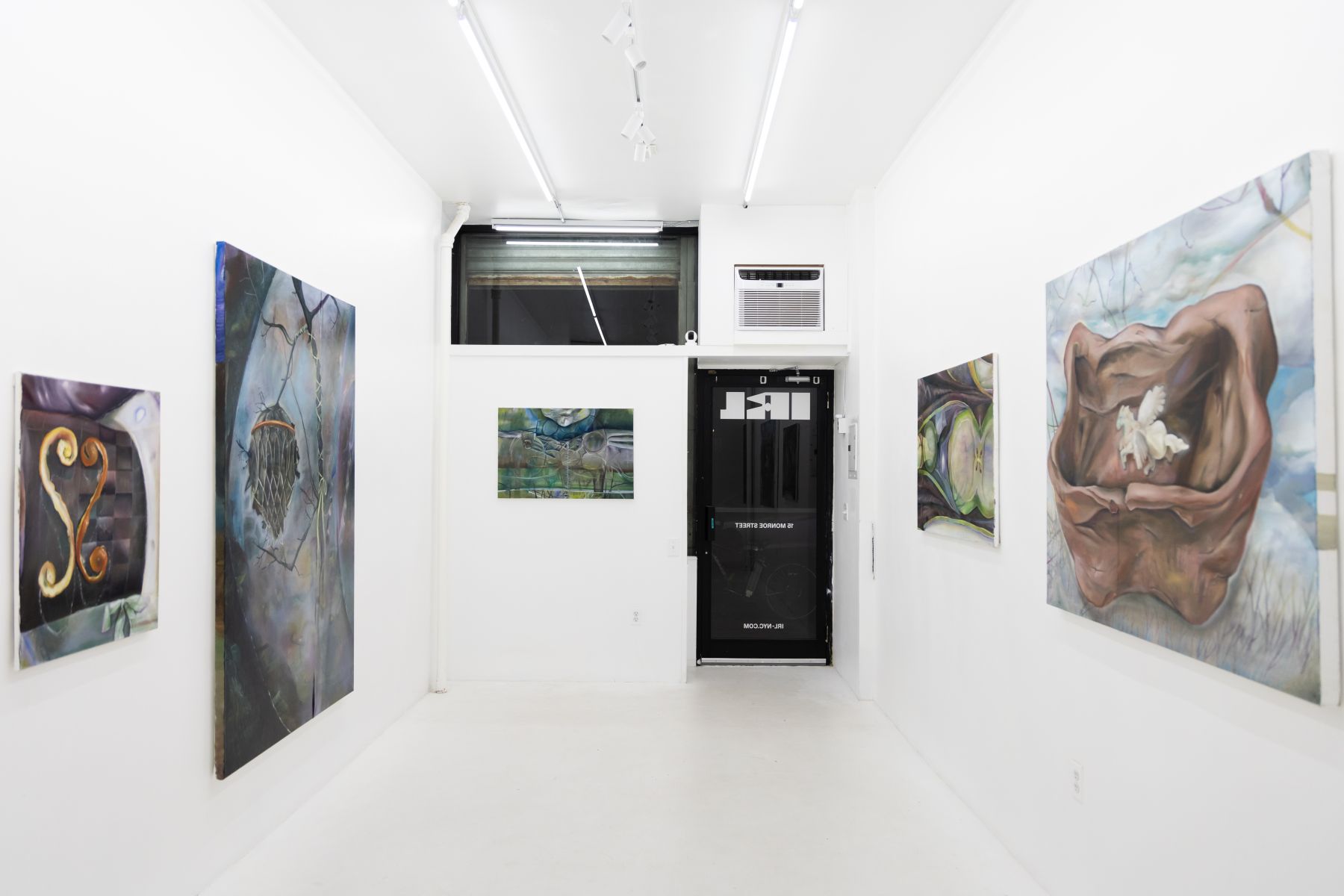
Kati Kirsch
Wish Fulfillment Chart, Bahnhof, 2023
Installation view
Kati Kirsch
Wish Fulfillment Chart, Bahnhof, 2023
Installation view
Kati Kirsch
Wish Fulfillment Chart, Bahnhof, 2023
Installation view
Kati Kirsch
Tape, 2023
oil on linen
32 x 54 inches
Kati Kirsch
Wish Fulfillment Chart, Bahnhof, 2023
Installation view
Kati Kirsch
Pools, 2023
oil on linen
32 x 48 inches
Kati Kirsch
Wish Fulfillment Chart, Bahnhof, 2023
Installation view
Kati Kirsch
Wish Fulfillment Chart, Bahnhof, 2023
Installation view
Kati Kirsch
Wish Fulfillment Chart, Bahnhof, 2023
Installation view